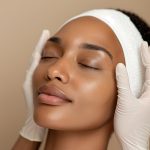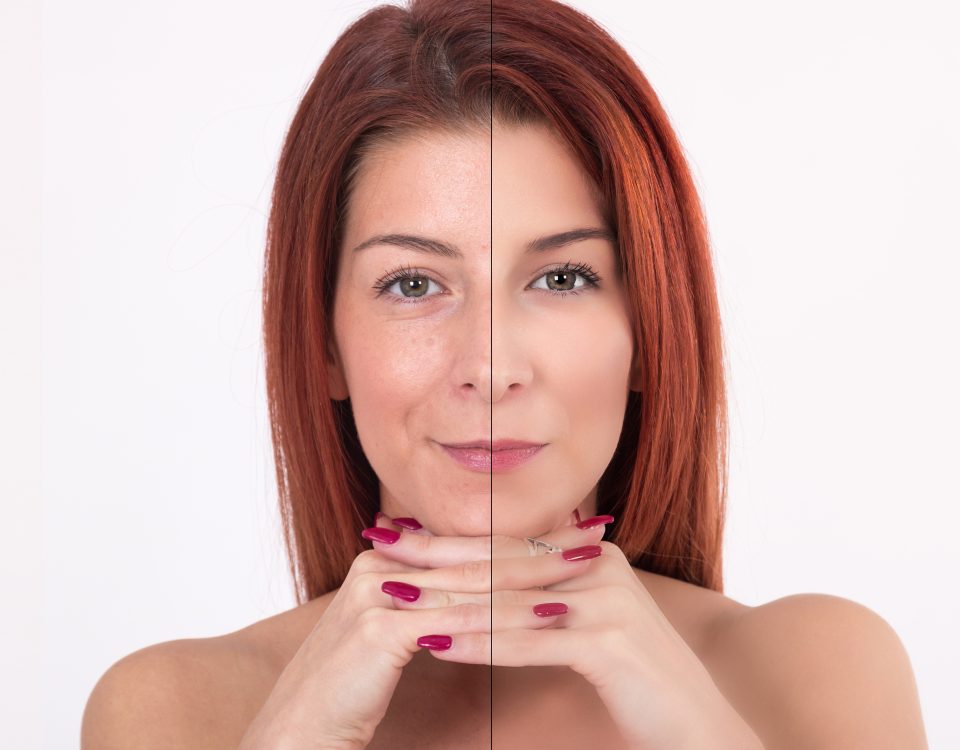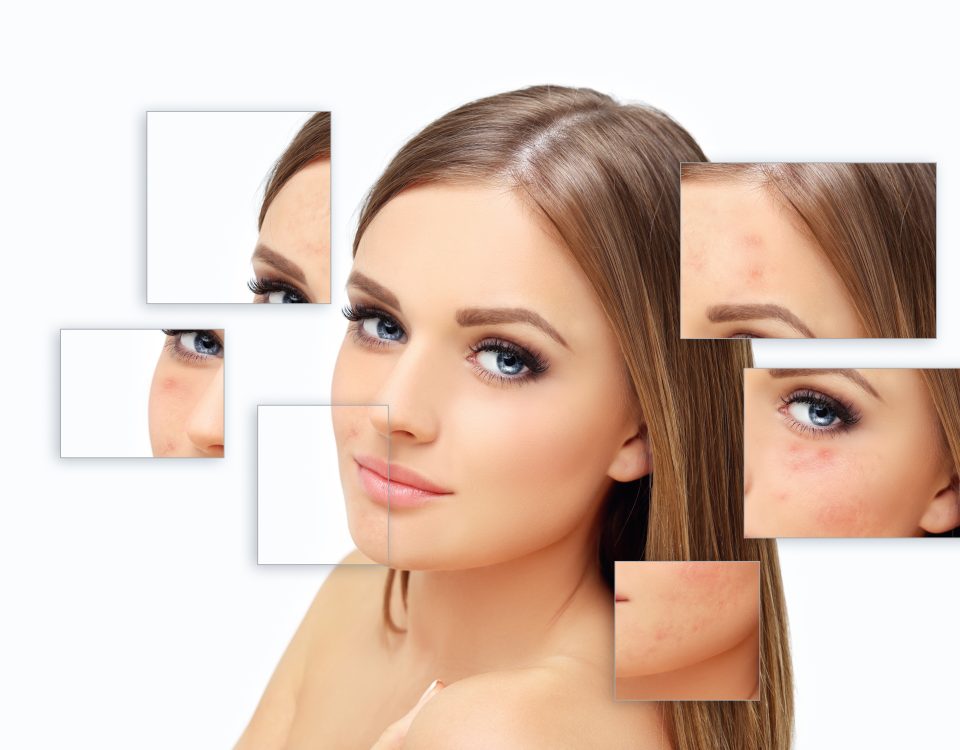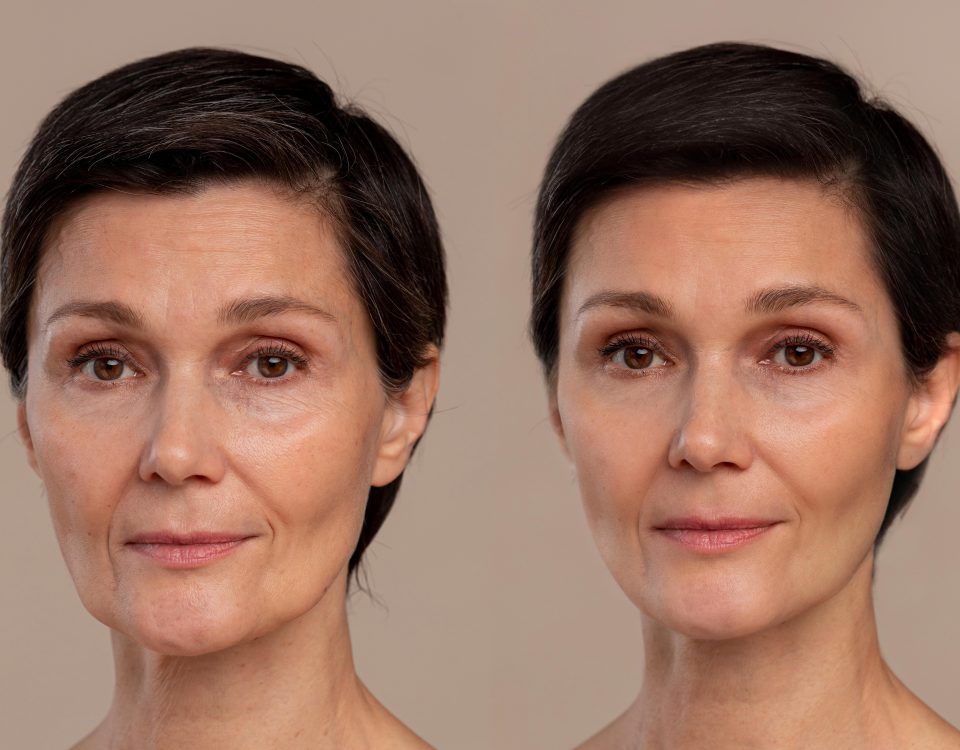
What Does HydraFacial Aftercare Involve?
10 September 2024
What Makes HydraFacial One of the Most Sought-After Treatments?
13 September 2024Cost of a Chemical Peel
What is the Cost of a Chemical Peel in Edgewater, NJ?
Chemical peels offer a versatile solution for a range of skin concerns, including uneven texture and acne scars. By applying a chemical solution, these treatments effectively remove damaged outer layers of skin, revealing a smoother and more radiant complexion beneath. For more advanced skin treatments, our laser therapies can also help in targeting deeper layers of skin, complementing the effects of chemical peels. The cost of a chemical peel can vary based on the type of peel selected and the specific needs of your skin. To experience the transformative benefits of a chemical peel, schedule an appointment with Dr. Vishal Patel, MD, at Bergen Premier Aesthetics.
We are conveniently located at 235 Old River Rd, Edgewater, NJ 07020. For more information or to book your appointment, call us at (201) 957-7234 or schedule online today!

Analyzing the Expenses Associated with a Chemical Peel in Edgewater, NJ
Chemical peels have become a popular non-invasive option for improving skin texture and appearance. The procedure involves applying a chemical solution that exfoliates the outermost layers of the skin, promoting the growth of new, healthier skin cells. This process helps to reveal a smoother, more radiant complexion, making it an excellent choice for those looking to address issues like uneven texture, fine lines, and acne scars.
At Bergen Premier Aesthetics, we offer a variety of chemical peel options tailored to meet your specific skin concerns. Experience the rejuvenating effects of a chemical peel and transform your skin today!
What is the Typical Cost of a Chemical Peel?
Chemical peels are a popular non-invasive option for improving skin texture and appearance. This procedure involves applying a chemical solution that exfoliates the outermost layers of the skin, promoting the growth of new, healthier skin cells. The result is a smoother, more radiant complexion, making it an excellent choice for addressing uneven texture, fine lines, and acne scars.
Cost of Chemical Peels
The cost of a chemical peel can vary based on several factors, including the peel's intensity, type, the experience of the practitioner, and the clinic's location. On average, you can expect to pay:
- Light Peels: $100 to $300
- Medium Peels: $300 to $1,000
- Deep Peels: $1,000 to $6,000
At Bergen Premier Aesthetics, we offer a variety of chemical peel options tailored to your specific skin concerns. Experience the rejuvenating effects of a chemical peel and transform your skin today!
What is the Duration of the Effects of a Chemical Peel?
Unlock Radiant Skin with Chemical Peels
Chemical peels are a popular and effective treatment option for enhancing skin texture and appearance. They are classified into three main categories, each tailored to address different skin concerns:
-
Superficial Peels:
- Description: Mild peels that gently exfoliate the outermost layer of skin.
- Recovery Time: Minimal downtime, typically just a few days.
-
Medium Peels:
- Description: These peels penetrate deeper into the skin to treat more significant concerns such as uneven texture and fine lines.
- Recovery Time: Requires a week or two for complete healing.
-
Deep Peels:
- Description: Target the deepest layers of the skin, making them effective for more severe issues like deep wrinkles and significant sun damage.
- Recovery Time: Recovery can take several weeks to months.
The duration of the peel's effects varies based on factors like skin type, peel strength, and desired results. It is common to experience some redness, irritation, and temporary changes in skin texture following a peel, but these effects will subside as the skin heals, ultimately revealing a refreshed and radiant complexion.
Do Chemical Peels Justify the Expense?
Chemical peels offer a non-surgical solution for skin rejuvenation, effectively addressing a variety of skin conditions. Whether you’re struggling with uneven texture, acne scars, or signs of aging, chemical peels provide a versatile treatment option that can be tailored to your specific skin type and concerns.
-
Customizable Treatments: One of the standout features of chemical peels is their adaptability. Your treatment can be specifically designed to suit your individual skin needs, whether you require a light, medium, or deep peel. This customization ensures optimal results and addresses your unique concerns effectively.
-
Versatile Applications: Chemical peels can improve a range of skin issues, including:
- Fine lines and wrinkles
- Sun damage and age spots
- Uneven skin tone and texture
- Acne scars and enlarged pores
-
Minimal Downtime: Depending on the type of peel, recovery time can vary. Superficial peels often require minimal downtime, while medium and deep peels may involve longer healing periods. Regardless, many patients find the rejuvenating effects well worth the wait.
-
Non-Invasive Procedure: As a non-surgical option, chemical peels allow you to refresh your appearance without the need for extensive recovery or surgical intervention.
What is the duration for dark spots to diminish following a chemical peel?
Dark spots, also known as hyperpigmentation, can be a common concern for many seeking a more even skin tone. Chemical peels offer a highly effective solution for reducing the appearance of these spots.
Peels that utilize alpha-hydroxy acids (AHAs), such as glycolic and lactic acids, are particularly beneficial for targeting dark spots. These gentle yet powerful acids work in several ways:
-
Exfoliation: AHAs exfoliate the upper layers of the skin, removing dead skin cells that can contribute to a dull complexion and uneven skin tone.
-
Collagen Stimulation: By promoting collagen production, these peels help improve skin texture and resilience, making it look fresher and more youthful.
-
Melanin Inhibition: AHAs also inhibit melanin production, which is responsible for the dark pigment in spots, resulting in a brighter, more uniform skin tone.
The effectiveness of chemical peels for treating dark spots can vary based on several factors, including the depth and severity of the hyperpigmentation and your specific skin type.
If you're considering chemical peels to address dark spots or other skin concerns in Edgewater, NJ, look no further than Bergen Premier Aesthetics. Dr. Vishal Patel, MD, and our expert team are dedicated to providing personalized care to help you achieve your skincare goals.
Visit Us Today!
We are conveniently located at 235 Old River Rd, Edgewater, NJ 07020. For more information or to schedule your appointment, call us at (201) 957-7234 or book online. Let us help you unveil a more radiant complexion!
5 Q&A About The Cost of a Chemical Peel in Edgewater, NJ
For more details or to book your appointment, contact Bergen Premier Aesthetics at (201) 957-7234 or visit us at 235 Old River Rd, Edgewater, NJ 07020.
Reviews
Check Our Reviews
Megan M.
I had the best-ever experience with the aesthetician Lillian during my Hydrafacial treatment. Lillian was incredibly thorough, displaying a remarkable level of expertise and knowledge.
Soraya D.
Bergen Premier Aesthetics really changed my life. I have hormonal problems which makes me have a lot of facial hair. I would wax my face twice a week before starting the laser treatment there.
Elizabeth H.
Looking for the best laser hair removal place in town? Look no further. Lilian Not only is she a true professional, but she's also incredibly honest and will make you feel comfortable during your treatment.
Need a quick help or have questions?
Opening Hours
Monday - Friday
09:00 AM - 05:00 PM
Saturday
09:00 AM - 02:00 PM
Sunday
Closed
Our Address
235 Old River Rd, Edgewater, NJ 07020




